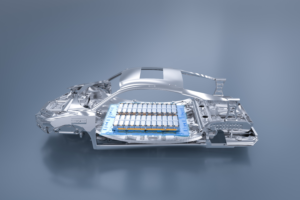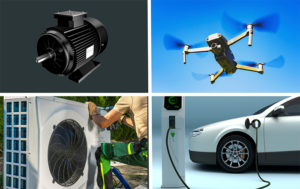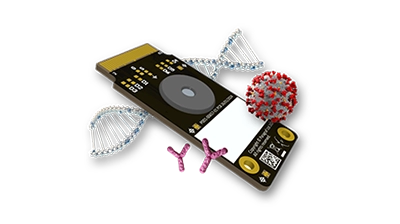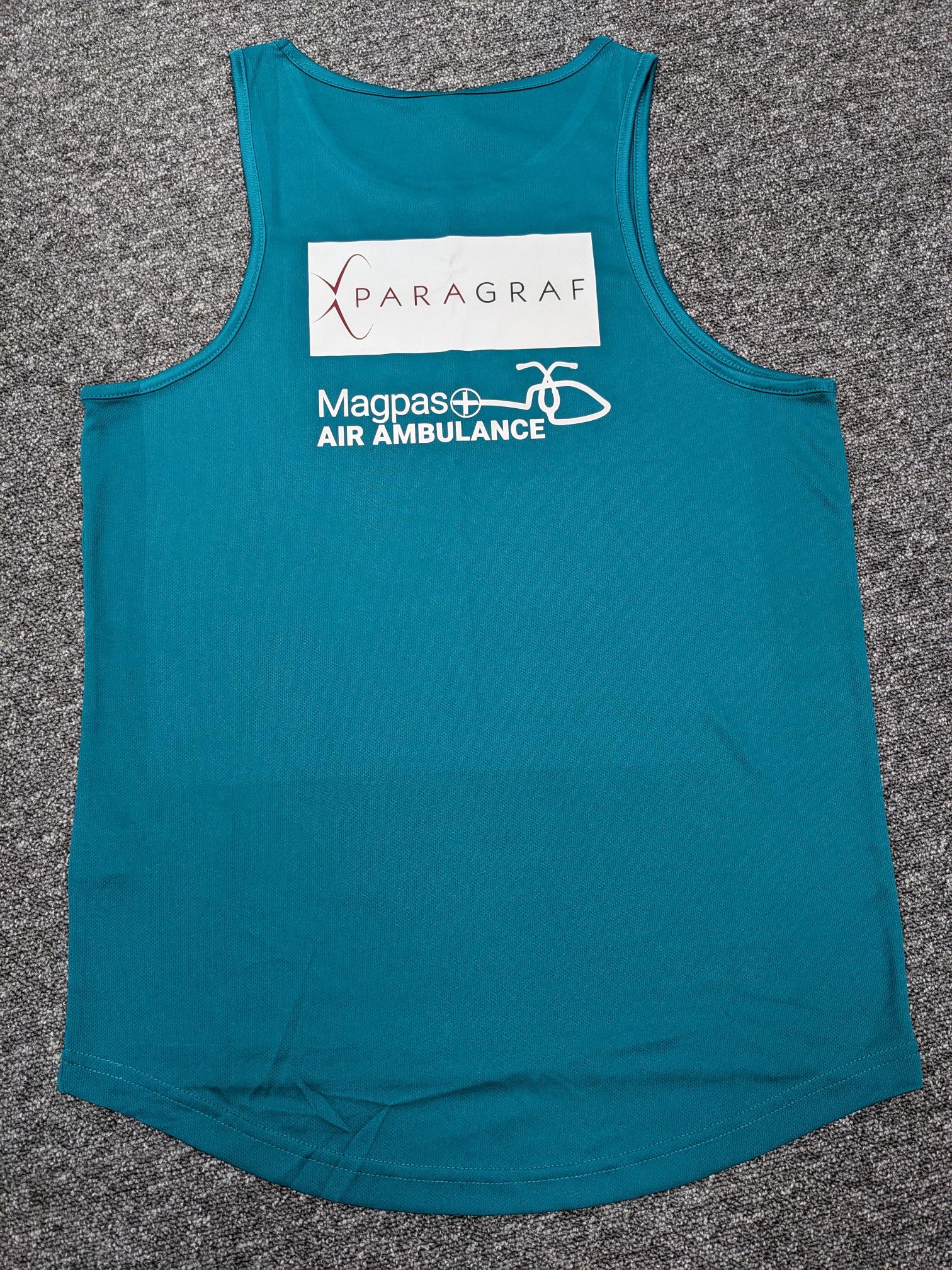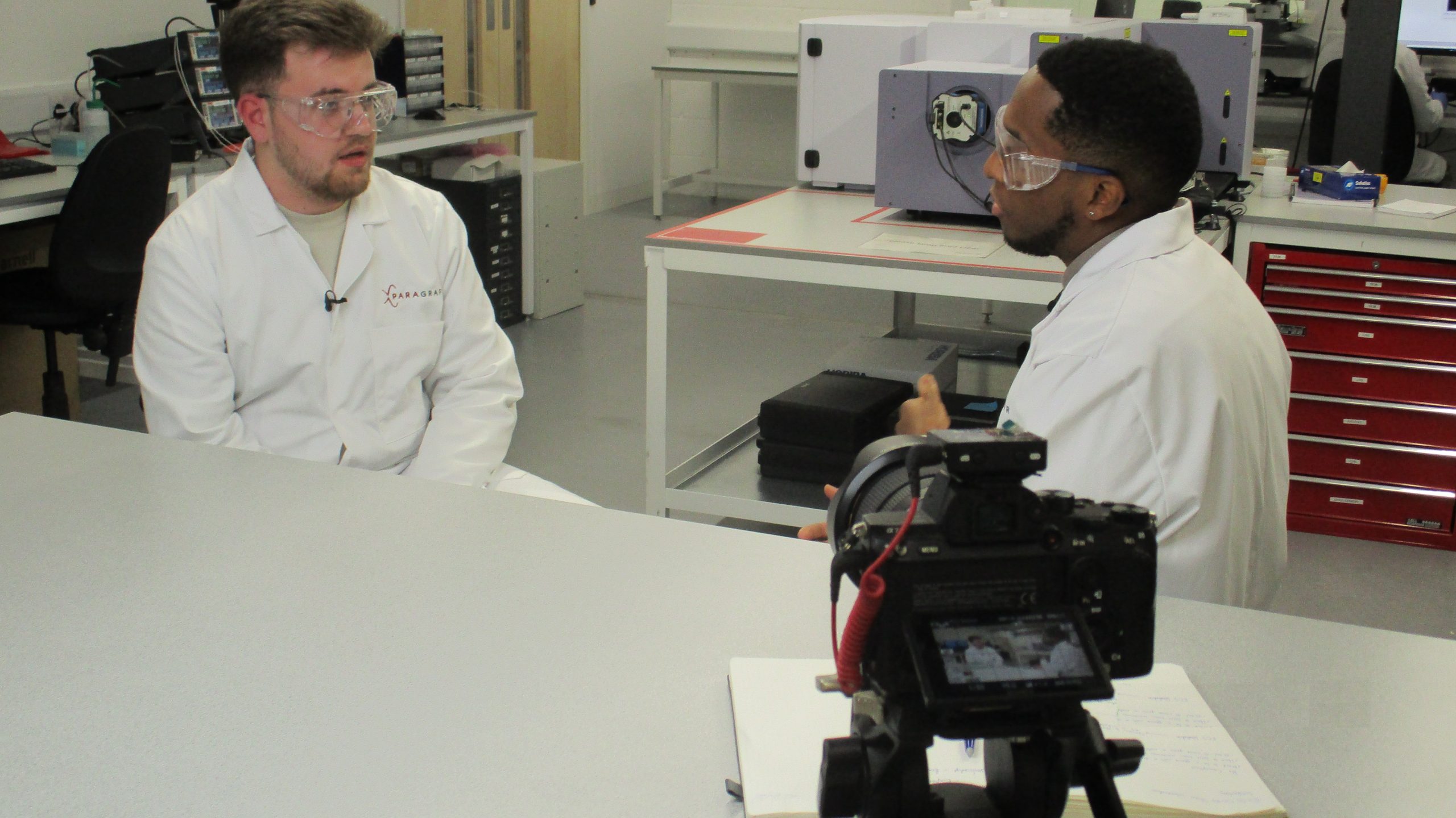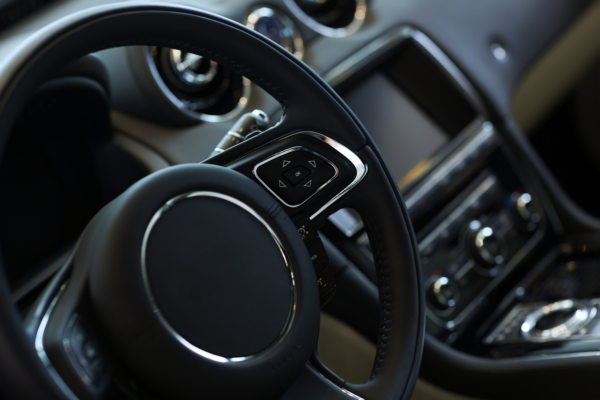
Reducing the risk of injuries and fatalities from road traffic collisions is a priority for auto manufacturers and regulatory bodies; however, despite their efforts, these incidents still claim approximately 1.3 million lives every year worldwide[1].
Significant focus has been placed on developing collision-avoidance systems for automobiles. One such emerging technology is Automatic Emergency Steering (AES). This allows vehicles to avoid collisions rather than relying on drivers to act quickly.
AES systems work by using multiple sensors and cameras to monitor the vehicle’s surroundings and detect potential hazards such as a pedestrian or obstacle in the road. If a collision is imminent and the driver does not respond, the AES system can take control of the steering and manoeuvre the vehicle to avoid the hazard. Studies have shown that around 15% of all accidents are frontal collisions with just a small overlap between vehicles[2], meaning that AES has the potential to significantly reduce accidents and improve road user safety.
The European New Car Assessment Programme (Euro NCAP), a prominent European car safety performance assessment organization, has indicated its intention to incorporate AES into its future regulations[3], making the pursuit of effective AES systems a priority for automotive design engineers. However, for AES to be most effective, it must be coupled with a further emerging technology known as steer-by-wire. This is where Paragraf’s sensor technology can help.
Steer-by-wire and its importance for Automatic Emergency Steering
Steer-by-wire replaces the mechanical linkages of conventional steering with an electronic control system. Sensors mounted in the steering column detect the rotation of the steering wheel and send the relevant signals to steering motors that control the angle of the wheels.
This system makes steering programmable, configurable, and more responsive to the driving context. It improves manoeuvrability and control for different driving situations. It also reduces the weight of the vehicle and creates the opportunity for automotive design innovation in making the car more fuel efficient, accessible, and safer.
Using electronic/software solutions enables advancements in automatic steering technology, such as AES, which are limited in purely mechanical systems due to drag created by the steering linkages. A steer-by-wire system eliminates this mechanical resistance, allowing the AES program to take control more easily. Additionally, since the steer-by-wire system is pre-programmed to adjust wheel turn based on the situation, integrating automatic steering is a straightforward process.
Paragraf position sensors benefits for better steer-by-wire solutions
Graphene has many great properties: incredible mechanical strength, lightness, flexibility, optical transparency and conductivity (of both electricity and heat). Due to Paragraf’s unique ability to mass produce components with graphene using industry standard semiconductor processes, we can bring these benefits at scale in many applications, including in steer-by-wire.
Paragraf’s position sensors deliver a host of benefits when compared to traditional technologies:
- Higher sensitivity. Graphene-based magnetic sensors enable the levels of performance required for steer-by-wire. The steering technology needs a high level of precision in the measurement of the steering wheel and knuckle rotation to detect tiny changes in position and angle. This requires higher sensitivity than is achievable with the silicon-based Hall sensors typically used in automotive applications. The high mobility of graphene allows Paragraf position sensors to perform this function.
- More reliable in extreme environments. The position sensors must be able to withstand the harsh automotive environment throughout the lifetime of the vehicle, including temperature extremes, vibration, and exposure to dirt and moisture. The fundamental thermal and mechanical properties of graphene mean that our position sensors do not respond to stress and strain to the same degree of conventional semiconductor devices, with no loss of linearity across a wide range of temperatures, and are free of hysteresis, meaning that they are less likely to require complex recalibration.
- Superior noise tolerance. The under-the-hood automotive environment – particularly in EVs – generates significant electrical and magnetic noise. The two-dimensional nature of graphene renders the Paragraf position sensor immune to magnetic fields in the plane of the sensor (planar Hall effect), greatly reducing the errors in readings from stray fields.
Paragraf is aware of the challenges that the industry faces on the road to widespread adoption of AES. We are working with automotive industry leaders and their supply chain to make steer-by-wire better and cars safer. Please contact us to learn more.
[1] World Health Organization – Road traffic injuries (who.int)
[2] udv.de / CAR 38 / Small-overlap frontal impacts involving passenger cars in Germany
[3] Euro NCAP | Euro NCAP Road Map 2025 – In Pursuit of Vision Zero

